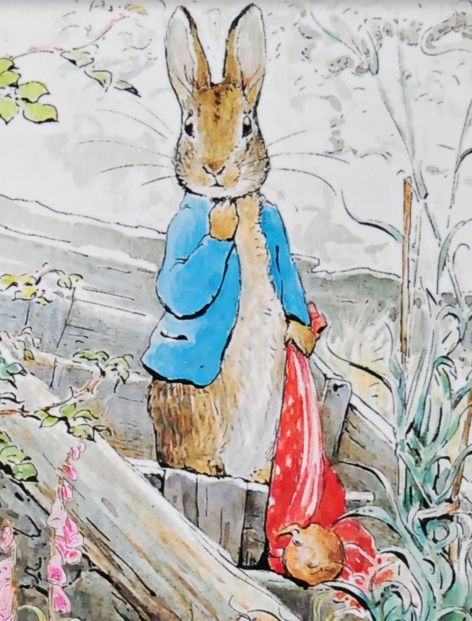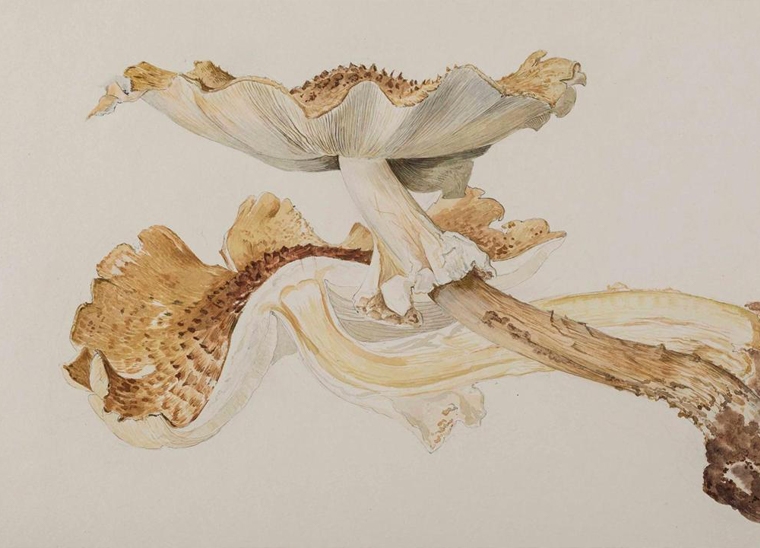Categories
- Pickle Calendar (161)
- Art (62)
- Newsletter (61)
- Design Classics (59)
- Interiors (42)
- Architecture (41)
- Product Design (40)
- Graphic Design (38)
- Illustration (36)
- From the Studio (31)
- Photography (28)
- Fashion (12)
- Infographics (4)
The Science of Beatrix Potter
29th July 2016
Driving to work for me takes about half an hour, beautiful country lanes and slightly frustrating traffic! I pass the time by going through in my head all I have to do that day, or listen to mix ‘tapes’ that my brother has made, or listen to Radio 4. It was one such occasions where I came late to the conversation and gathered they were talking about a scientist. A female who was quite a revolutionary amateur scientist who was ignored by the establishment. I had no idea who this was but I was listening away, then they mentioned Beatrix Potter and I was surprised. I knew her as a children’s author and charming illustrator, a welcome part of my childhood. I knew she loved wildlife and had a real heart for my beloved Lake District, but I knew nothing of her scientific struggle.
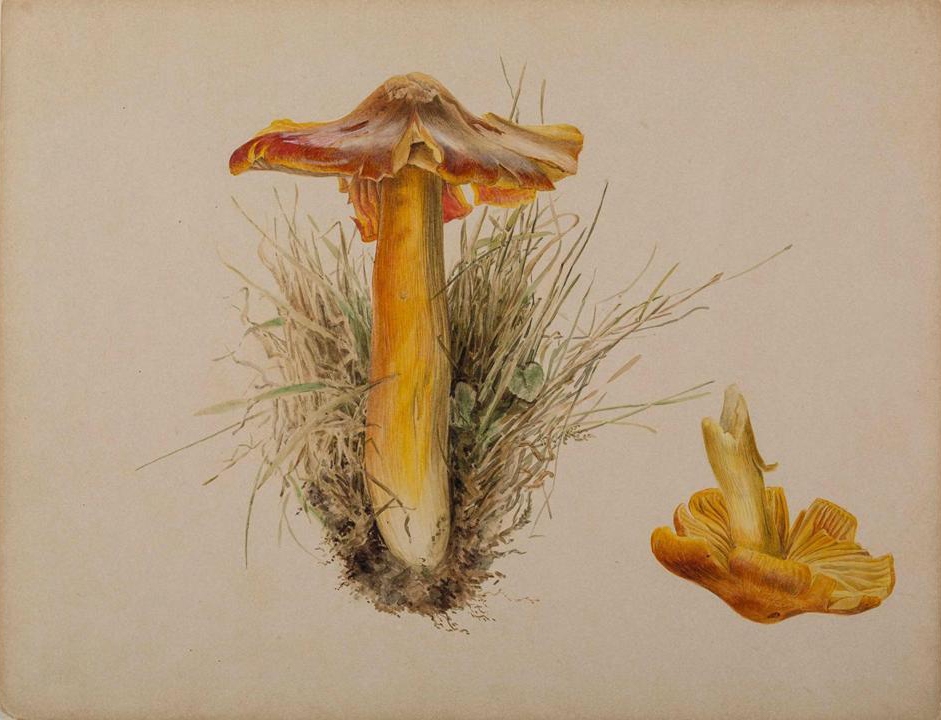
So I looked a little closer.. As a child Beatrix grew up privileged but isolated. Her friends were the animals, the rabbit, mice, hedgehogs, bats and butterflies they kept in the school room. As she grew so did her interest in the natural world around her. She kept a journal written in code where she recorded society life and the ideas that became stories. As an amateur scientist she would draw her subjects with real insight and skill. Her focus became mycology, the study of fungi. However she didn’t subscribe to the established view of how certain fungi reproduced. She took her findings to Kew Gardens, only to be ignored because of her sex and amateur status. It is sad as mainly because she was female her ideas were rejected, she couldn’t submit a paper because, again, she was female. That avenue was closed to her. Later though, her illustrations have actually been used to identify different species.
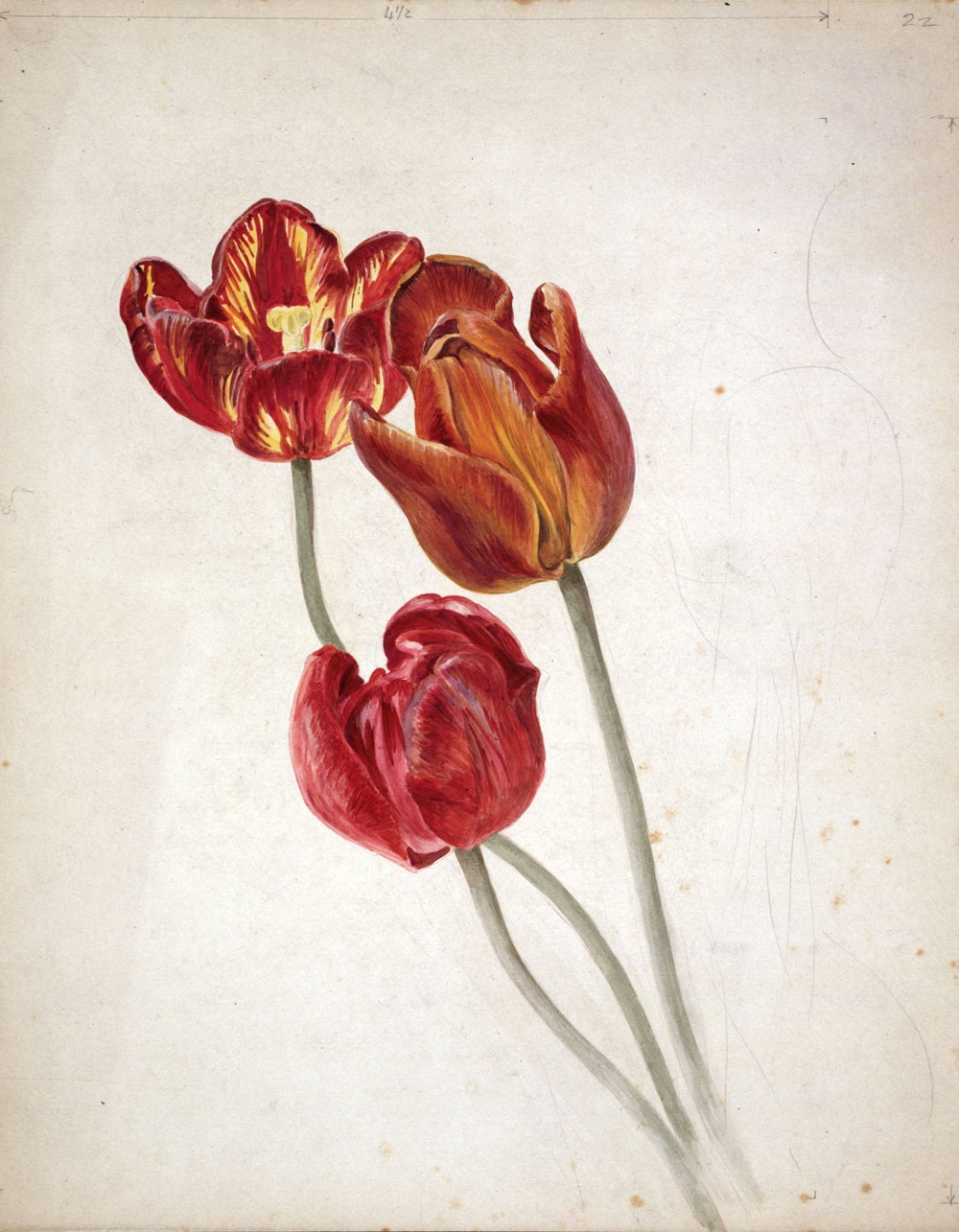
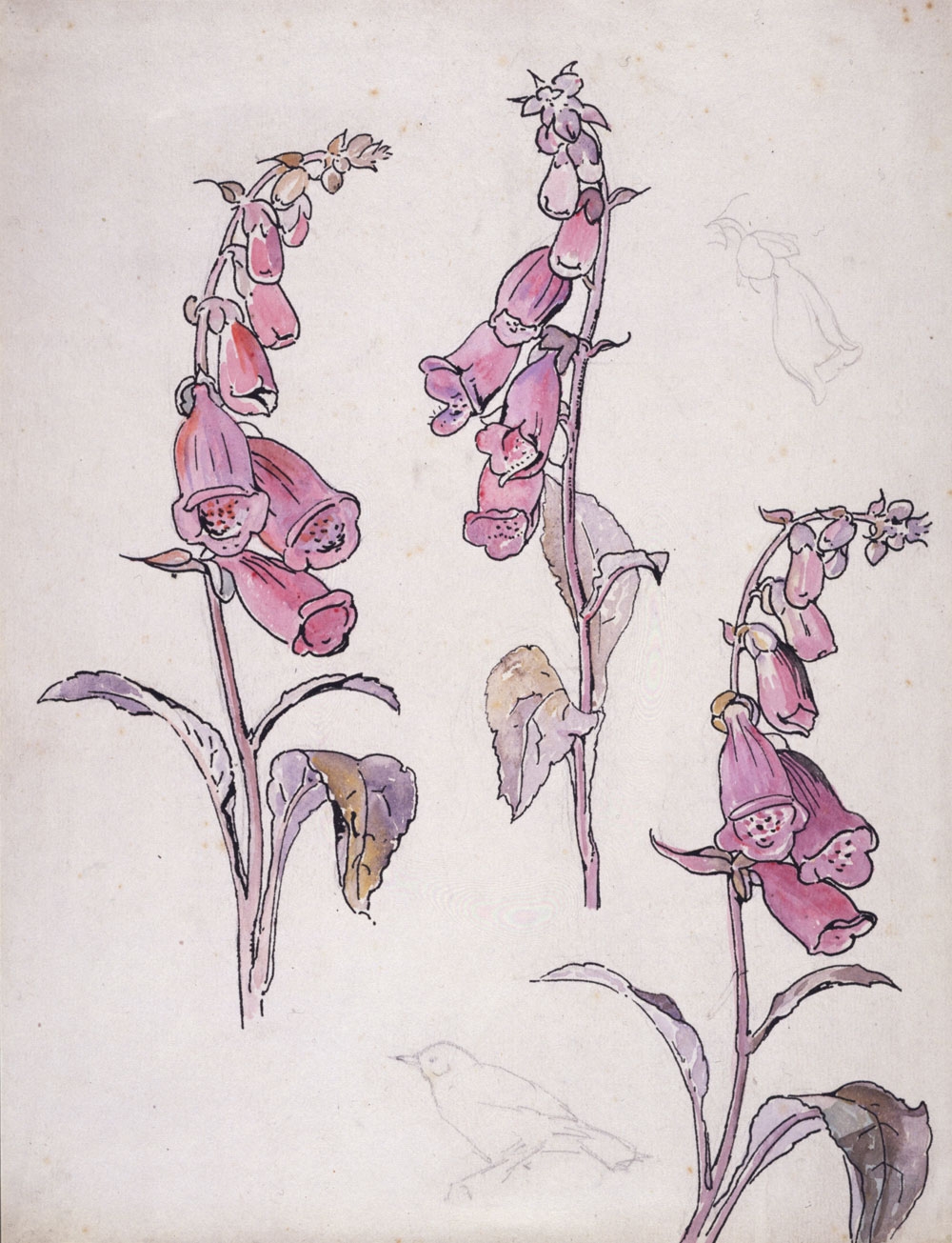
If in the area of sciences she was thwarted, at least in publishing she managed to push through. Her illustrations had accuracy but also style. She loved visiting the galleries of London and it has been said that she was a gifted observer. Her door to publishing came when her and her brother started illustrating greetings cards and some of these pictures were bought by publishing houses. These pictures were used along side other peoples stories, and it just wet her appetite to have her own stories published.
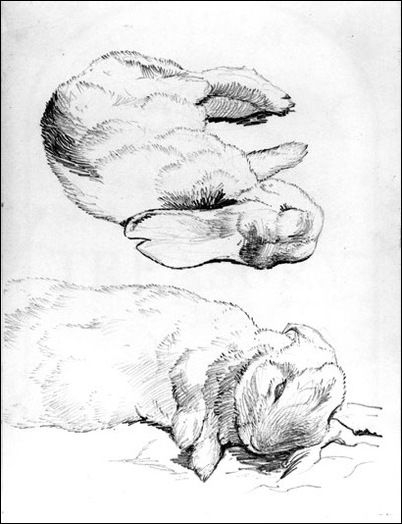
In September 1893, Beatrix was on holiday at Eastwood in Perthshire, writing letters as she did to the children of her old governess, she had run out of things to say so she told a story about “four little rabbits whose names were Flopsy, Mopsy, Cottontail and Peter”. It became one of the most famous children’s letters ever written and kicked off her career. She couldn’t find anyone who would publish her first proper story, so she did it at her own expense. Finally publishers Frederick Warne & Co took the ‘bunny book’ on and she added water colour to her black and white illustrations.
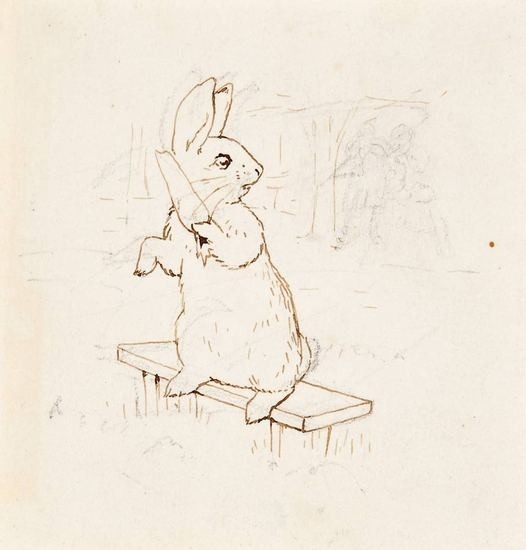
The rest, as they say, is history. I never knew about her passion for flora and fauna but it makes perfect sense. Beatrix drawings are so detailed and beautiful, you can see her accuracy and passion lift off the page.
